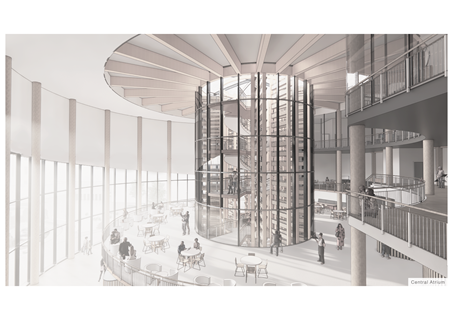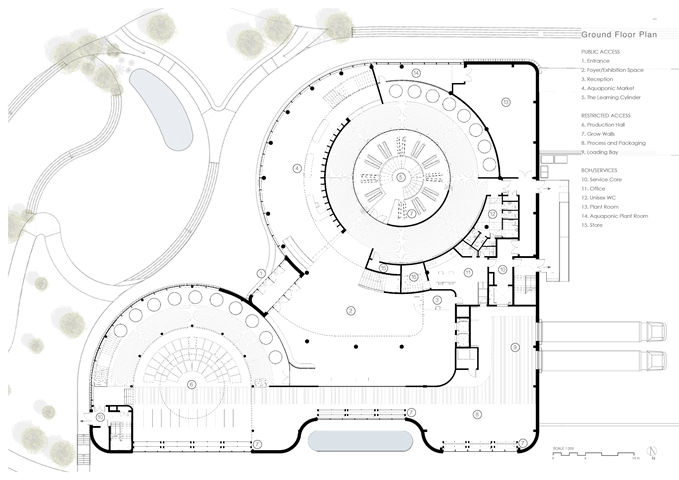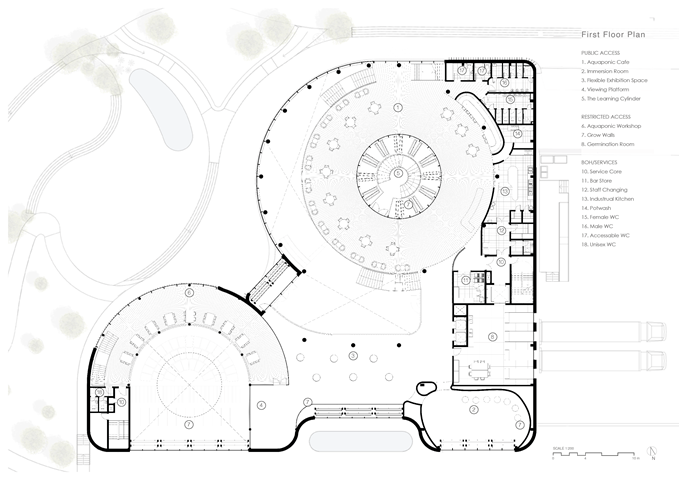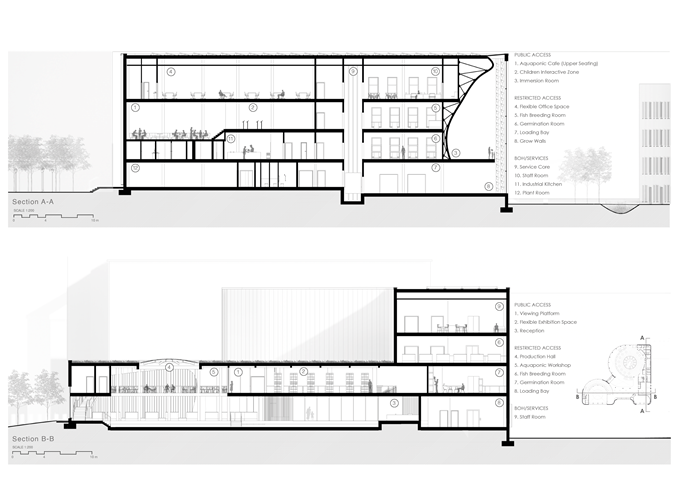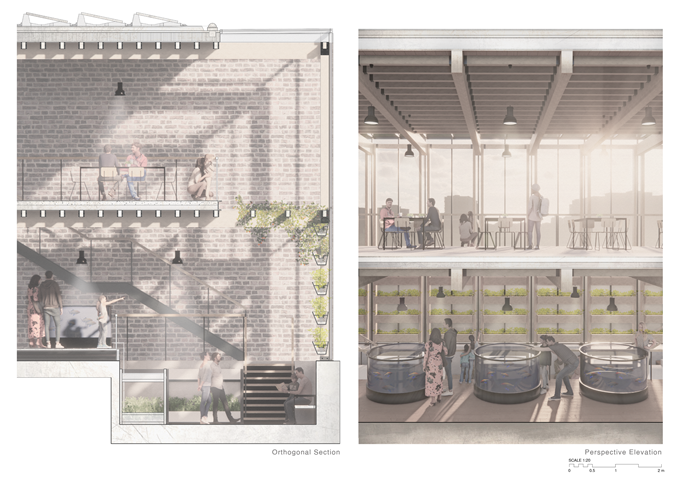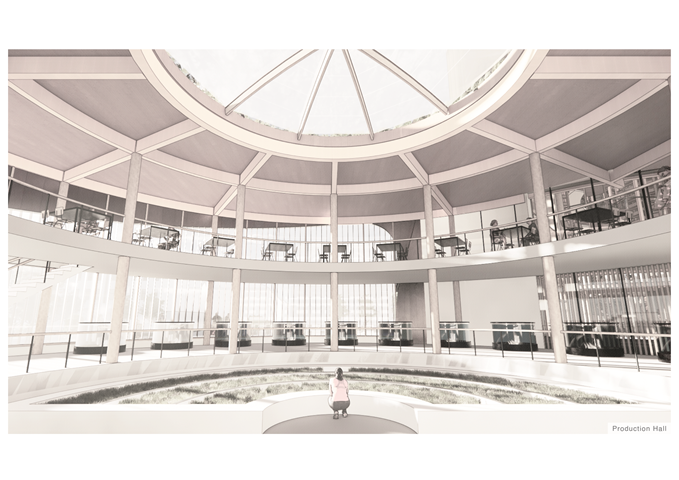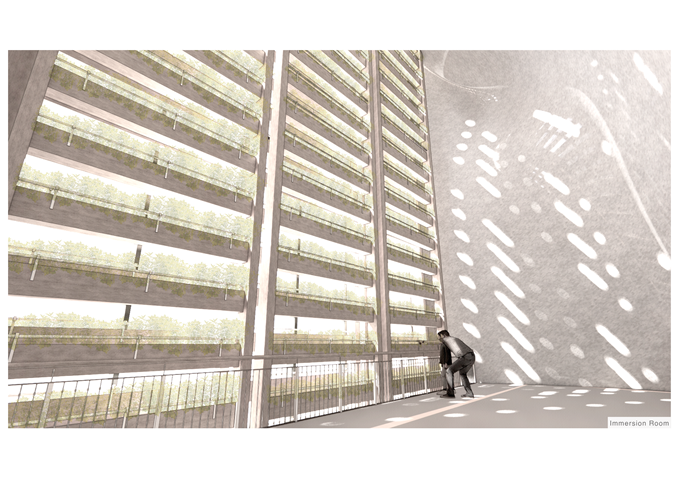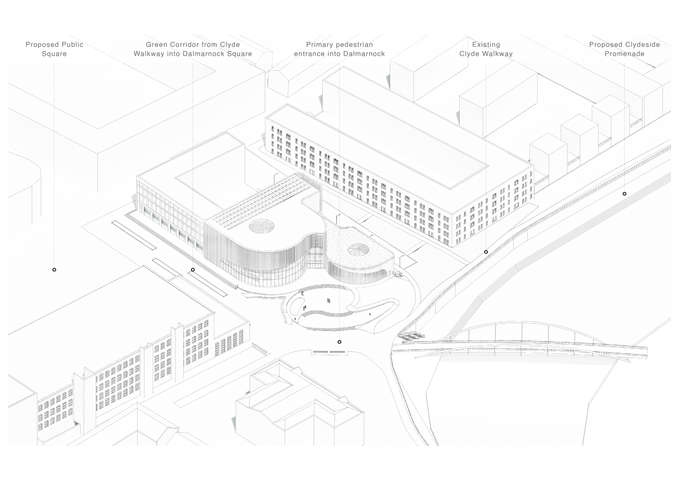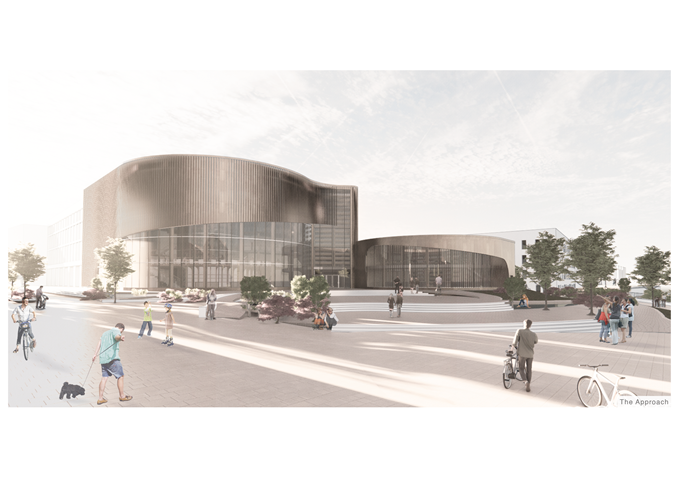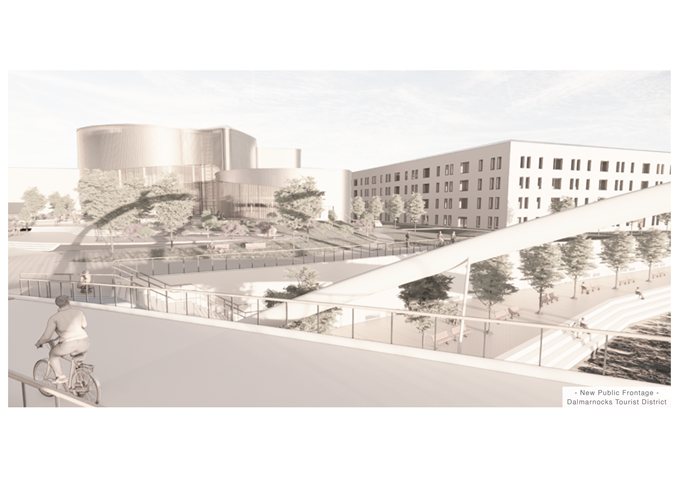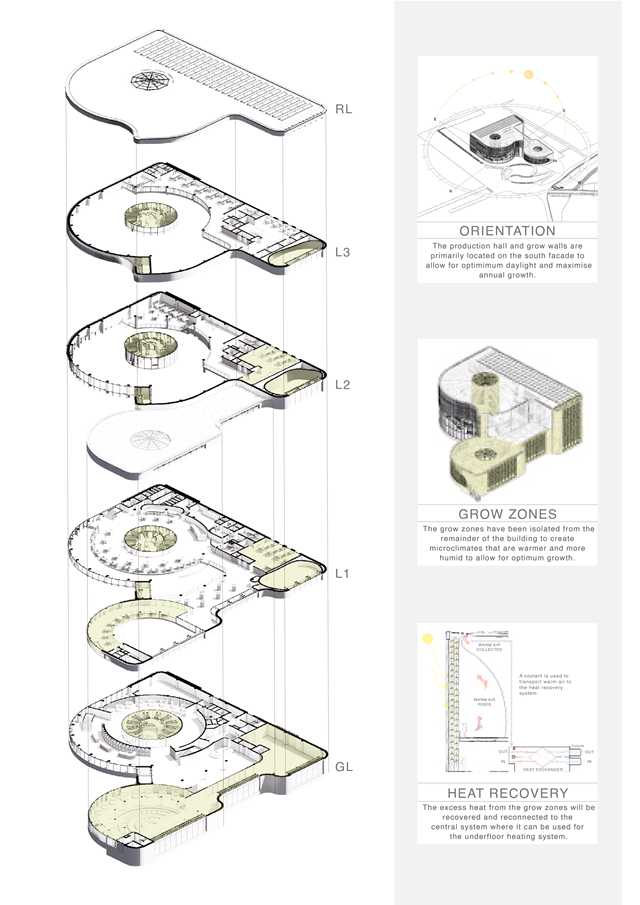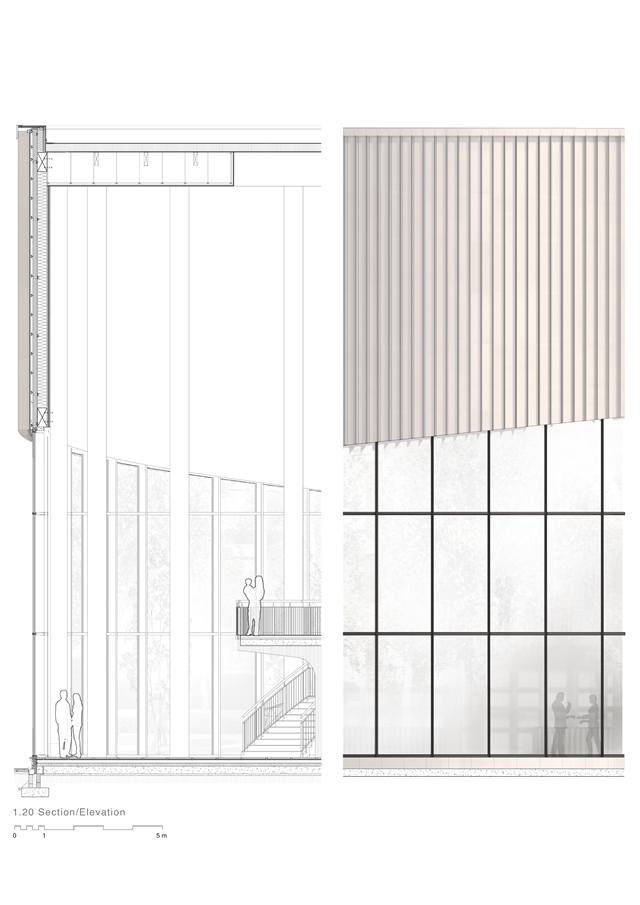Glasgow Aquaponics
OVERVIEW
Throughout my architectural studies and year+ in placement, I have gained a key interest in energy efficiency and technical design. It is clear that ecological and environmental issues are two key problems that can be addressed through the built environment, which is why I chose to explore this further through a variety of scales in my year 4 project.
DESIGN MANIFESTO
Dalmarnock was once a place of production and manufacturing, described as “the engine room of Glasgow’s industrial might”. It was filled with workers, factories and traditional Glasgow tenements, it had undisputed character, in appearance and personality. Unfortunately, since the Commonwealth Games, Dalmarnock has undergone mass urban regeneration and as a result, has lost parts of its history and personality. As such, I feel there is an opportunity for Dalmarnock to become an active, working area once again. However, instead of industrial factories which are no longer needed, it will look to the future and address overpopulation and the need for sustainable urban farms that reduce carbon footprint, land-use, pesticides and water consumption. This will be done through aquaponics, which combines aquaculture with hydroponics to create a closed loop system where fish and plants are grown and harvested in the same enclosed cycle. Water waste is kept to a minimal compared to traditional farming and the plants are grown with no pesticides. Not only will Glasgow Aquaponics address larger climate issues that will benefit wider society, but it will also directly tackle the food poverty, education and unemployment issues that are already present within the area.
Glasgow Aquaponics is to be a building for the people of Dalmarnock, a place to learn, work, socialise and produce! The new development will have the potential to create jobs and food for the local area and wider Glasgow, whilst also being a tourist attraction and a place of active STEM learning. Visitors will be educated on the technological advancements of food production and the potential for aquaponics within an urban environment at a micro and macro level. As a whole the building will promote sustainable living, from construction to building use and user activity. Furthermore, the design will opt for a fabric first approach to ensure there is minimal heat loss and energy wasted. The energy that is required will be produced through renewable sources with any excess energy being recycled within the building wherever possible.
